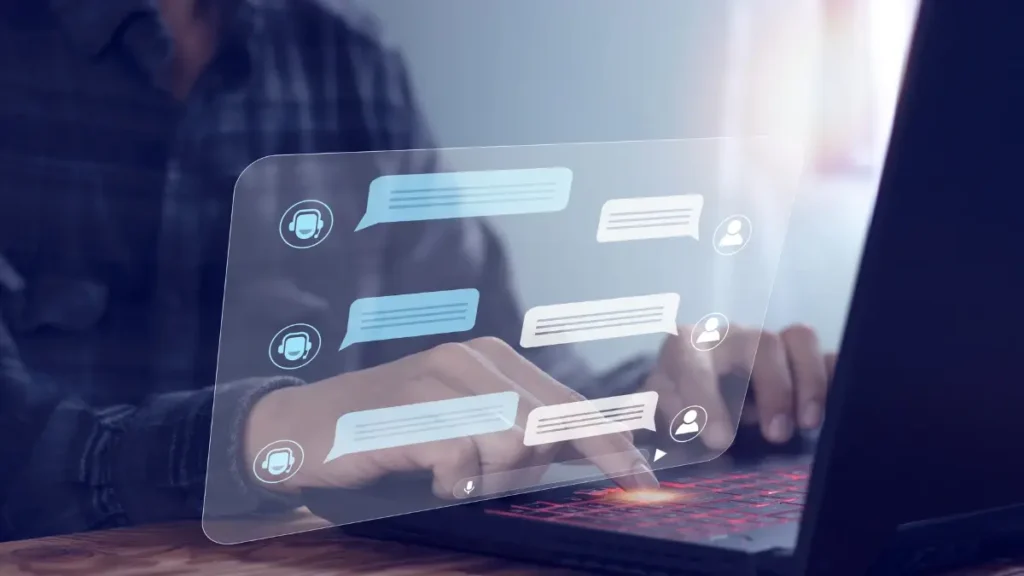
It should hardly come as a surprise to anyone that cybercriminal activity has surged in 2020. By May of this year, the number of reported attacks had already come close to the total for 2019 according to the federal government.
With the onset of COVID-19, there were a plethora of new opportunities for cybercriminals to take advantage of our uncertainties, fears, and overall lack of knowledge about this virus and how it was spreading. What we are finding is that malicious activity is spreading just as fast. Collectively, we are trying to figure out how to stop the spread of the virus, so we look online for updated information, tactics, and data. Hackers know this and use a variety of social engineering structures to manipulate not only the information that is out there but also our response to the information that they have falsely provided.
How are they doing it?
By creating false narratives on websites that serve to deliver data and spread the fear. This creates anxiety and gives them the perfect opportunity to sell unproven treatments, cures, and overpriced supplies.
Phishing attacks are sent out with graphics that relate to the pandemic spread so that when they are clicked on, malware is spread. Social media platforms allow for misinformation to be dispersed and personal information to be collected. Have you disclosed any private information on one of those “fun quizzes” that you are encouraged to play along with? Fraudulent email campaigns from fake healthcare companies provide an easy way to hit the masses, and to a cybercriminal, even a small return on their ‘investment’ is proving to be fruitful.
Get Comfortable
We all have found ourselves working in unfamiliar environments, most likely from home. This is when our guard is down and our likelihood of being careless increases. You are relaxed and likely using unfamiliar software platforms to do your job. Video conferencing, chat programs, sharing platforms…it is safe to assume that you’ve been using at least one of these in the past few months that you hadn’t been well acquainted with a year ago. This new way of working creates large gaps in cybersecurity that give hackers an easy point of entry.
Social distancing has also given hackers a new way to gain trust and thus possibly access to our online data. With the decrease in human interaction, we are less likely to verify the accuracy of what we read and hear, and we are less likely to practice smart cybersecurity habits. Despite being physically apart, now more than ever we must work closer together to reduce the risk, lessen the gaps, and build a stronger shield around our businesses.

Now Available: Gen AI Certification From BSN
Lead Strategic AI Conversations with Confidence
Breach Secure Now’s Generative AI Certification helps MSPs simplify the AI conversation, enabling clients to unlock the value of gen AI for their business, build trust, and drive growth – positioning you as a leader in the AI space.



